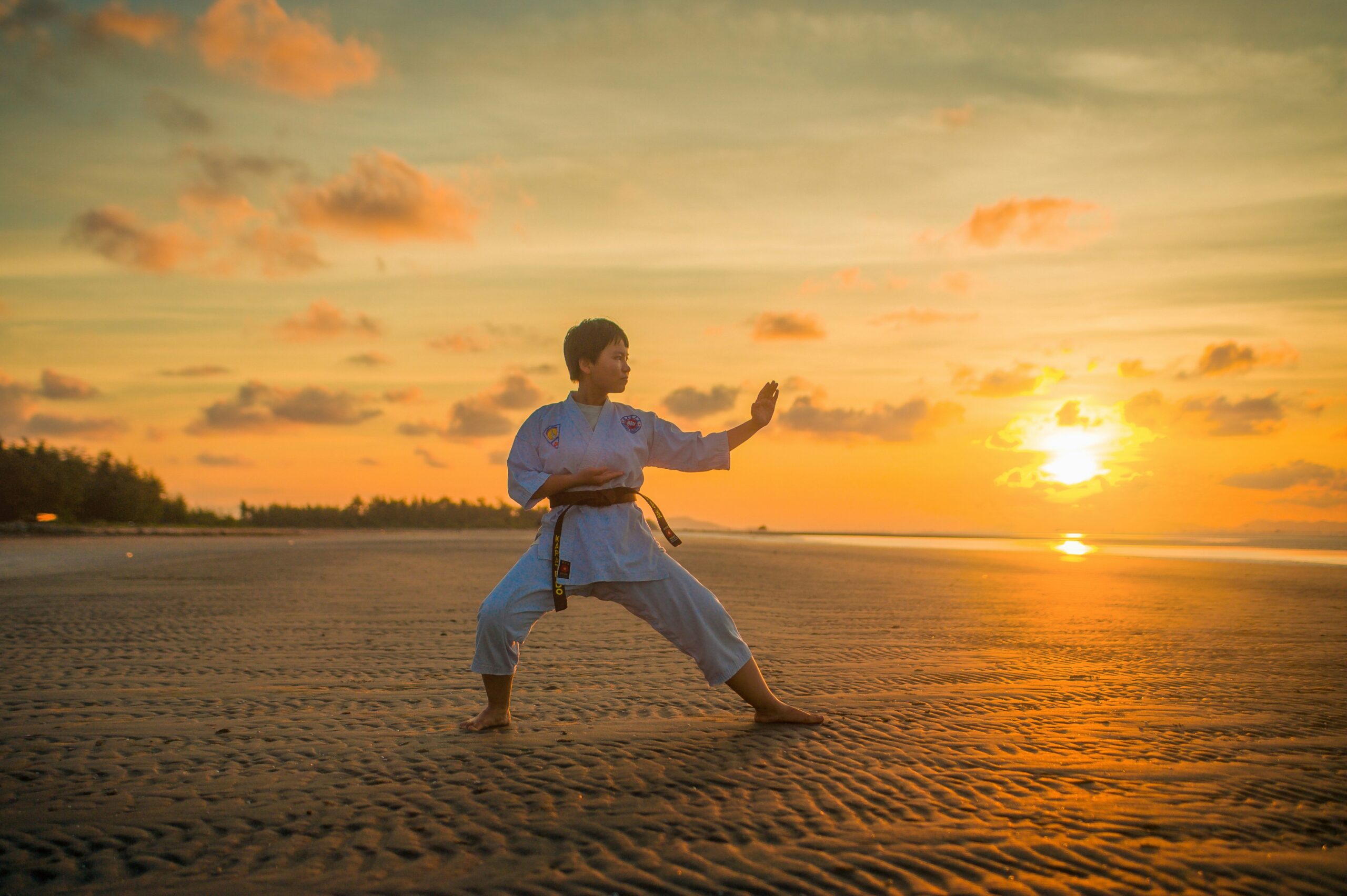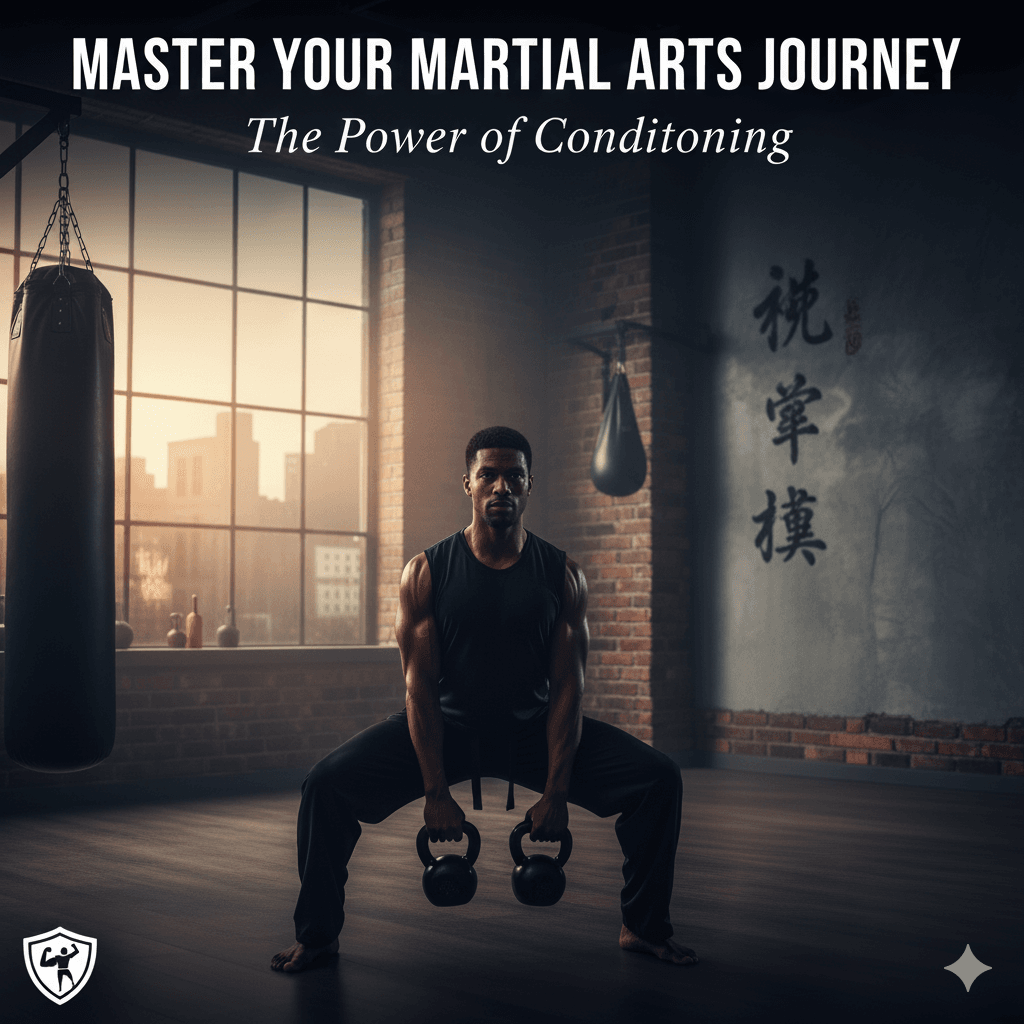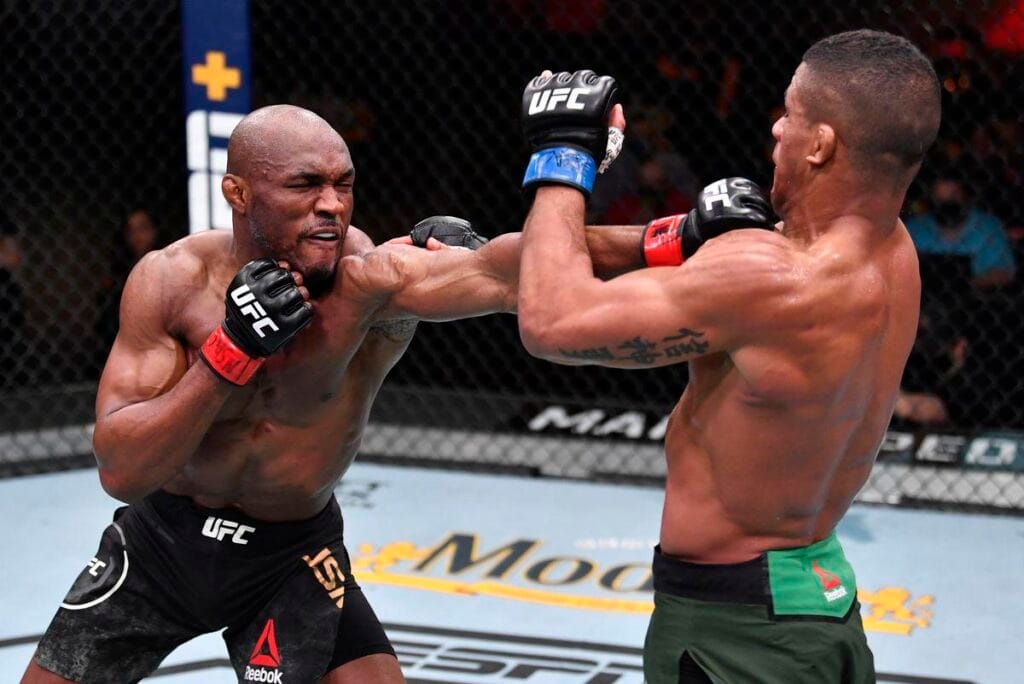Wing Chun and Karate are two distinct martial arts with rich histories and unique philosophies.
Wing Chun, a Chinese martial art, originated in the Southern Shaolin Temple and was later developed in the Guangdong province.
It is characterized by its emphasis on close-range combat, efficient and direct movements.
and the principle of using an opponent’s force against them.
The core philosophy of Wing Chun revolves around economy of motion and centerline theory.
which promotes maintaining control of the central axis of the body to deliver powerful strikes and effective defense.
Karate, on the other hand, is a Japanese martial art that evolved on the Ryukyu Islands, particularly in Okinawa.
It incorporates a diverse range of techniques, including punches, kicks, knee strikes, elbow strikes, and open-hand techniques.
The philosophy of Karate is deeply rooted in the principles of discipline, respect, and continuous self-improvement.
Karate practitioners often focus on developing strong stances, precise strikes, and powerful kicks, with a significant emphasis on both upper and lower body strength and agility.
While both Wing Chun and Karate aim to equip practitioners with self-defense skills.
they differ considerably in their approach to training and execution.
Wing Chun places a greater emphasis on hand techniques and upper body movements, often using legwork primarily for stability and positioning rather than high kicks.
Conversely, Karate integrates a broader range of techniques, including high kicks and dynamic leg movements, making leg flexibility and strength a crucial aspect of training.
Understanding these fundamental differences in philosophy and technique is essential for practitioners and enthusiasts alike.
as it sheds light on the distinct training methodologies and physical demands of each martial art.
This foundational knowledge sets the stage for a deeper exploration of the specific requirements, such as leg stretching, within these two disciplines.
The Importance of Flexibility in Martial Arts
Flexibility plays a crucial role in the realm of martial arts, impacting various aspects of performance and safety.
Flexibility enhances a practitioner’s ability to execute techniques with precision and efficiency, a factor that holds true across numerous martial arts disciplines.
From the high kicks in Taekwondo to the complex grappling maneuvers in Brazilian Jiu-Jitsu, flexibility enables martial artists to perform these movements fluidly and effectively.
Moreover, flexibility is instrumental in injury prevention.
Martial arts often involve dynamic and sometimes explosive movements, which can place significant stress on muscles and joints.
A well-stretched muscle can endure greater tension and is less susceptible to tears and strains.
For instance, a flexible hamstring can reduce the risk of injury during high kicks in Karate, while limber shoulder joints can prevent dislocations during throws in Judo.
In addition to performance enhancement and injury prevention, flexibility contributes to overall martial arts proficiency.
It allows for a wider range of motion, which can be particularly beneficial in disciplines such as Capoeira, where fluidity and agility are paramount.
Flexibility also aids in maintaining proper form and technique, which are essential for both effectiveness and efficiency in martial arts practice.
Flexibility training often involves various stretching techniques, including static, dynamic, and proprioceptive neuromuscular facilitation (PNF) stretching.
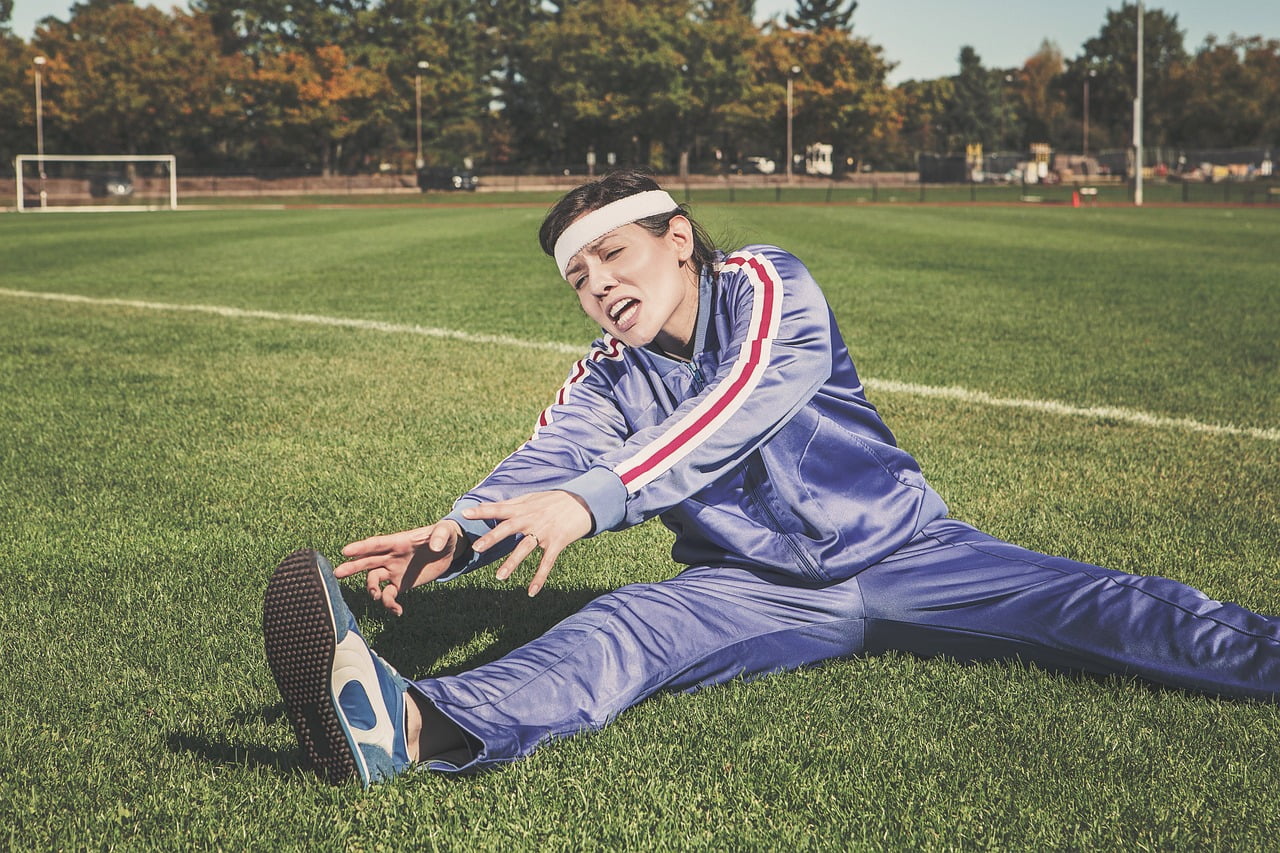
Each of these methods serves to improve muscle elasticity and joint mobility, which are critical components of a martial artist’s training regimen.
For example, dynamic stretching, such as leg swings and arm circles, can prepare the body for the physical demands of a training session or competition.
Ultimately, flexibility is a cornerstone of martial arts training.
enhancing performance, safeguarding against injuries, and contributing to a martial artist’s overall skill set.
By integrating flexibility exercises into their training routines.
martial artists can ensure they are well-prepared to meet the physical demands of their respective disciplines.
Leg Stretching in Karate
In the discipline of Karate, leg stretching plays a pivotal role in the overall training and performance of practitioners.
The art of Karate is renowned for its high kicks, dynamic movements, and various stances, all of which necessitate a significant degree of leg flexibility.
This flexibility is not merely advantageous but essential for executing techniques with precision, power, and safety.
High kicks, in particular, require an extensive range of motion that can only be achieved through consistent and thorough leg stretching routines.
Flexibility in Karate is critical for more than just high kicks.
It aids in maintaining proper stances and transitions, which are foundational to the practice.
Stances such as Zenkutsu-dachi (front stance) and Kiba-dachi (horse stance) demand a wide range of leg flexibility to be performed correctly and effectively.
Furthermore, dynamic movements during sparring and kata (forms) rely heavily on the practitioner’s ability to move fluidly and without restriction.
something that can be significantly enhanced through regular leg stretching.
Karate practitioners employ a variety of stretching techniques to maintain and improve their leg flexibility.
Common routines include static stretches, such as the hamstring stretch and quadriceps stretch.
which involve holding a stretch position for a prolonged period.
Dynamic stretches, like leg swings and lunges, are also integral, as they prepare the muscles for the explosive movements that Karate demands.
Additionally, PNF (Proprioceptive Neuromuscular Facilitation) stretching.
which combines passive stretching and isometric contractions is often used to increase range of motion and flexibility.
Regular and dedicated stretching routines not only enhance performance but also help in injury prevention.
Flexible muscles are less prone to strains and sprains.
making the rigorous training and sparring sessions in Karate safer for practitioners.

Thus, leg stretching is not an ancillary aspect but a fundamental component of Karate training, crucial for achieving both technical excellence and physical resilience.
Leg Stretching in Wing Chun
Wing Chun, a traditional Chinese martial art, emphasizes close-range combat and the principle of economy of movement.
Unlike Karate, which often includes high kicks in its repertoire, Wing Chun’s techniques are designed to be executed in a compact and efficient manner.
Because of this focus on close-range efficiency, leg stretching in Wing Chun is not as emphasized as it is in other martial arts that incorporate more dynamic and extensive kicking techniques.
In Wing Chun, the primary goal is to maintain stability and balance while delivering rapid and effective strikes.
The stances and movements are generally lower, allowing practitioners to stay grounded and responsive to their opponents‘ actions.
This approach minimizes the need for extensive leg flexibility and high kicks, which require rigorous stretching routines.
That said, leg stretching is not entirely absent from Wing Chun training.
There are specific stretching exercises aimed at improving flexibility and strength within the necessary range of motion.
These exercises often focus on the hip flexors, hamstrings, and calves.
These are essential for maintaining the proper stances and executing low kicks or sweeps.
Stretching routines in Wing Chun might include gentle dynamic stretches, such as leg swings, as well as static stretches that target the lower body muscles.
Furthermore, certain forms and drills in Wing Chun inherently support flexibility and mobility.
For instance, the Siu Nim Tao form, which is the foundational form in Wing Chun.
includes movements that encourage the practitioner to develop a balanced and relaxed posture, indirectly promoting flexibility.
Additionally, the practice of Chi Sao (sticky hands) helps in enhancing the adaptability and fluidity of movements, which can contribute to overall physical agility.
In conclusion, while leg stretching in Wing Chun is not as pronounced as in martial arts like Karate.
it still plays a role in ensuring that practitioners can maintain effective stances and execute movements with precision.
The focus remains on developing practical flexibility that supports the close-range combat techniques that define Wing Chun.
Comparative Analysis: Wing Chun vs. Karate
In the realm of martial arts, Wing Chun and Karate present divergent philosophies and physical requirements, particularly when it comes to leg stretching.
Both martial arts emphasize different aspects of flexibility and body mechanics, which directly influence their respective practices and training routines.
Wing Chun, a Chinese martial art, focuses predominantly on close-range combat and quick, efficient movements.
The emphasis is on upper body techniques, such as rapid punches and blocks, with lower body movements playing a supportive role.
Consequently, the need for extensive leg stretching in Wing Chun is relatively minimal.
The primary leg movements involve short, quick steps and low kicks that do not necessitate a high degree of flexibility.
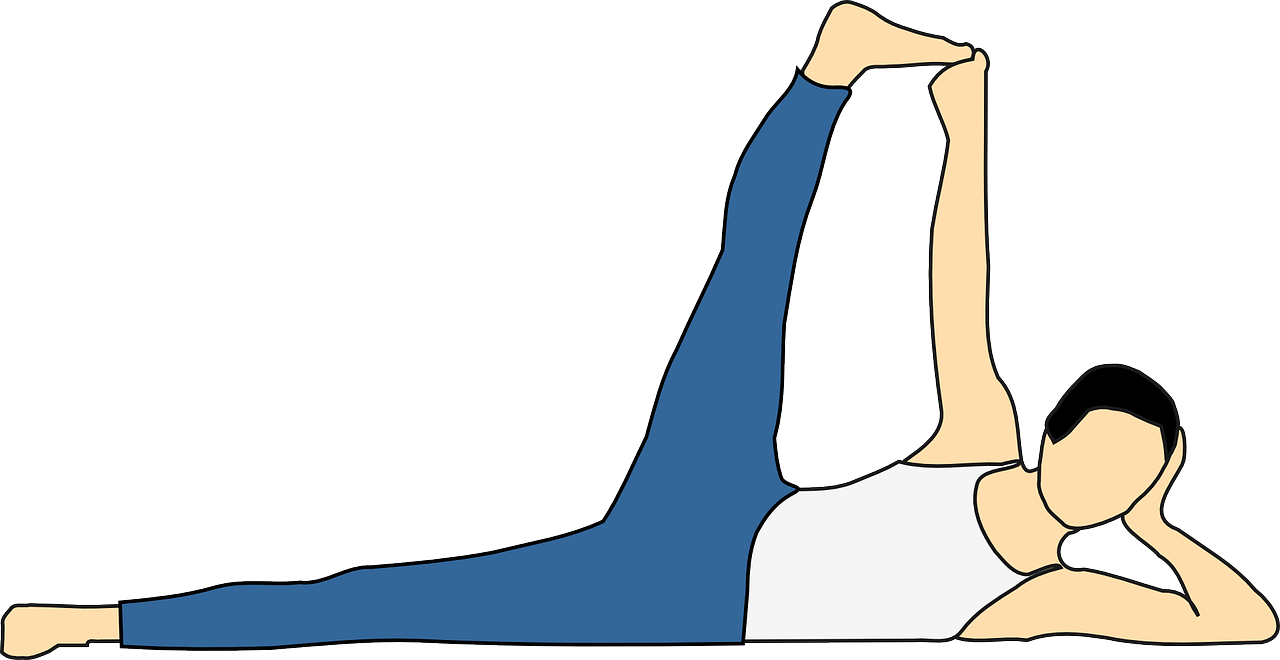
Therefore, while some level of leg stretching is beneficial to prevent injury and enhance mobility.
it is not as central to Wing Chun training as it is in other martial arts.
In contrast, Karate, a Japanese martial art, places a significant emphasis on powerful and high kicks, as well as deep stances that require considerable leg strength and flexibility.
High kicks like the mawashi geri (roundhouse kick) and yoko geri (side kick) demand substantial leg stretching to execute effectively and safely.
Karate practitioners often engage in rigorous stretching routines to increase their range of motion and ensure their kicks are both powerful and precise.
The necessity of leg stretching in Karate is thus paramount, as it directly impacts the effectiveness and safety of the techniques practiced.
The differing emphases on leg flexibility in Wing Chun and Karate highlight the unique approaches of each martial art.
Wing Chun’s minimal requirement for leg stretching aligns with its focus on close-quarters combat.
whereas Karate’s extensive stretching routines reflect its need for high, powerful kicks and wide stances.
Understanding these distinctions is crucial for practitioners to tailor their training and stretching routines to their specific martial art’s demands, ensuring both efficacy and injury prevention.
Benefits of Leg Stretching Regardless of Martial Art
Leg stretching is an essential practice that offers numerous benefits to all martial artists, irrespective of their specific discipline.
Whether you are practicing Wing Chun, Karate, or any other form of martial art.
incorporating leg stretching into your routine can significantly enhance your overall physical capabilities.
One of the primary benefits of leg stretching is increased flexibility.
Enhanced flexibility allows martial artists to execute a wider range of movements with greater ease and precision.
This is particularly important in martial arts, where agility and the ability to move fluidly are crucial.
Improved flexibility can also lead to better balance, as the muscles and joints become more adaptable to various stances and movements, reducing the risk of injury.
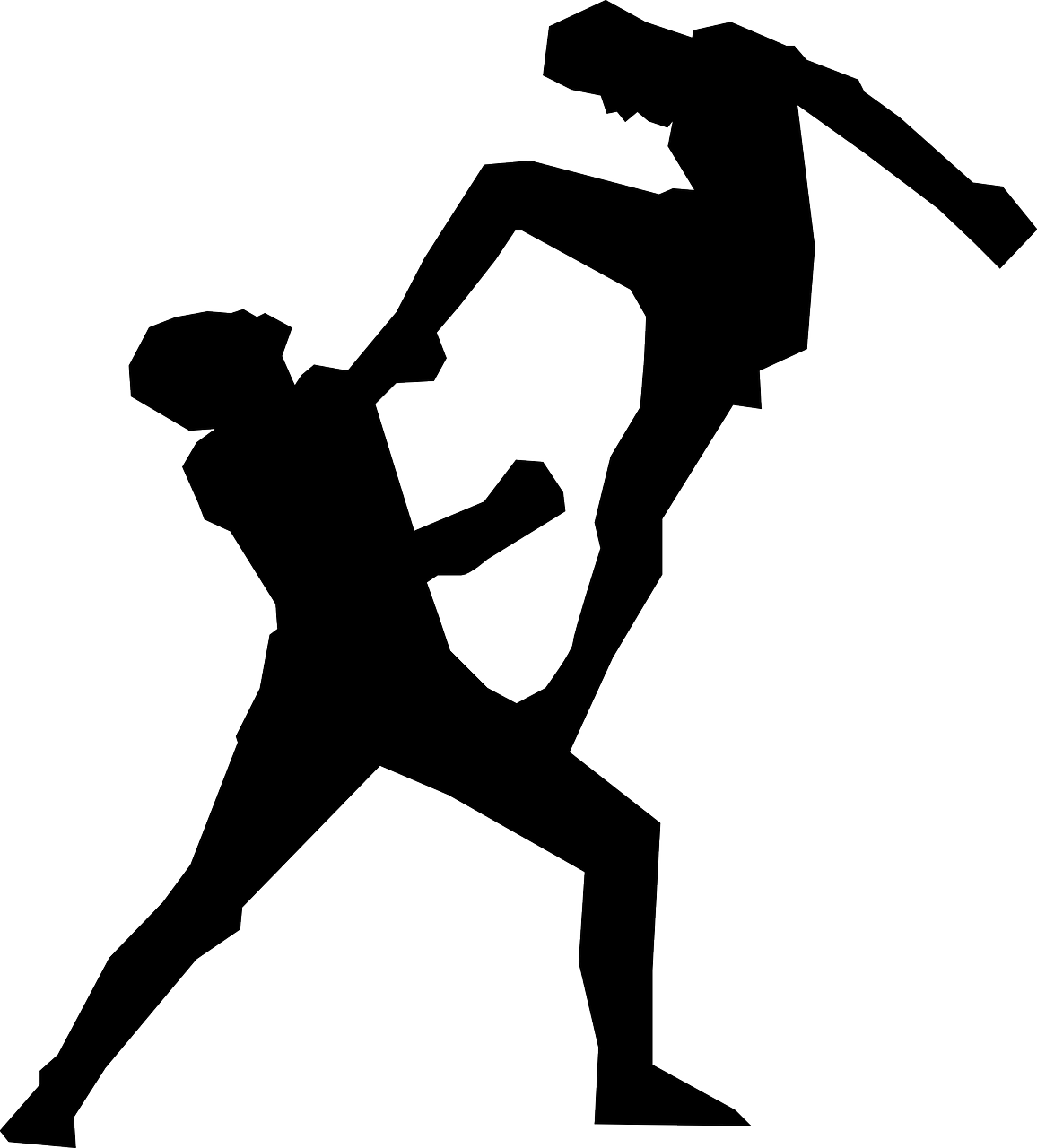
Furthermore, leg stretching contributes to improved mobility.
As martial artists, having a full range of motion in the legs is vital for both offensive and defensive techniques.
Enhanced mobility ensures that practitioners can perform high kicks, deep stances, and quick directional changes efficiently.
This not only boosts performance but also aids in maintaining proper form and technique during practice and competition.
Beyond the direct benefits to martial arts practice, leg stretching also promotes overall physical health.
Regular stretching can alleviate muscle tension, reduce the risk of strains and sprains, and improve circulation.
These health benefits are particularly valuable for martial artists.
who often subject their bodies to intense physical demands.
To achieve these benefits, martial artists can incorporate a variety of stretching exercises into their routines.
Some effective leg stretches include hamstring stretches, quadriceps stretches, calf stretches, and hip flexor stretches.
These exercises help to target different muscle groups.
ensuring a comprehensive approach to flexibility and mobility.
It’s important to perform these stretches consistently and with proper form to maximize their effectiveness.
In conclusion, while the specific requirements for leg stretching may vary between martial arts like Wing Chun and Karate.
the universal benefits are undeniable.
By integrating regular leg stretching into their training, martial artists can enhance their flexibility, balance, mobility, and overall physical health.
ultimately leading to improved performance and longevity in their practice.
Integrating Stretching into Wing Chun Training
Incorporating leg stretching into Wing Chun training can significantly enhance a practitioner’s agility, balance, and overall performance.
Although Wing Chun is not typically associated with the extensive leg stretches found in martial arts like Karate.
integrating specific stretches can complement the unique demands of Wing Chun techniques.
One effective way to integrate stretching into Wing Chun practice is to include dynamic stretches at the beginning of a training session.
Dynamic stretches like leg swings, hip circles, and walking lunges can help warm up the muscles and increase the range of motion in the hips and legs.
These movements not only prepare the body for the training ahead but also mimic the fluid, continuous motion characteristic of Wing Chun.
Static stretches, on the other hand, are best reserved for the cool-down phase of training.
Incorporating stretches such as the standing hamstring stretch, seated forward bend.
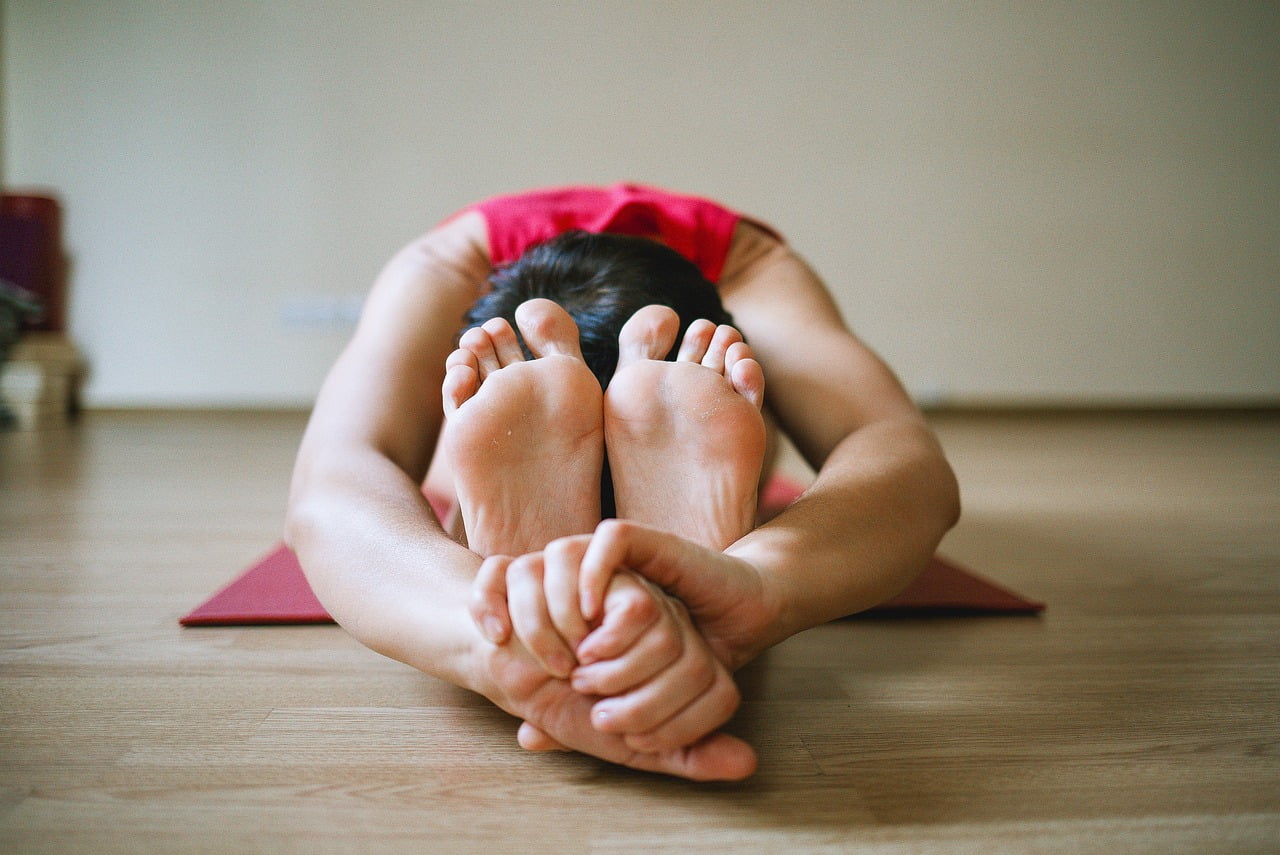
and butterfly stretch can aid in muscle recovery and improve flexibility over time.
These stretches target key muscle groups used in Wing Chun.
including the hamstrings,
quadriceps,
and hip abductors.
Balancing stretching with strength and conditioning exercises is crucial for Wing Chun practitioners.
While flexibility is important, it must be complemented by muscle strength and endurance to execute techniques effectively.
Practitioners can incorporate bodyweight exercises such as squats, lunges, and calf raises into their regimen to build lower body strength.
Additionally, practicing specific Wing Chun stances like the Yee Jee Kim Yeung Ma (Character Two Adduction Stance) can help develop both stability and muscular endurance.
By integrating a balanced routine of dynamic and static stretches along with strength and conditioning exercises.
Wing Chun practitioners can enhance their overall performance.
This holistic approach ensures that the body is both flexible and strong.
allowing for efficient and effective execution of Wing Chun techniques.
Conclusion: Tailoring Flexibility Training to Your Martial Art
Throughout the exploration of whether leg stretching is required in Wing Chun as it is in Karate.
it becomes evident that flexibility training must be tailored to the specific needs of each martial art.
While Karate places a significant emphasis on high kicks and wide stances, necessitating extensive leg stretching,l.
Wing Chun focuses more on close-range combat and upper body techniques.
thereby requiring a different approach to flexibility.
Understanding the unique demands of your martial art is crucial.
In Wing Chun, the emphasis is on quick, efficient movements.
and maintaining balance and stability.
which suggests that practitioners may benefit more from targeted flexibility exercises that enhance these attributes rather than extensive leg stretching.
Conversely, Karate practitioners, aiming for high-level kicks and dynamic stances.
You must prioritize comprehensive leg stretching to achieve the necessary range of motion and power.
It is also essential to recognize that flexibility training is not one-size-fits-all.
Each martial artist should consider their own physical capabilities, goals, and areas that need improvement.
Consulting with instructors can provide valuable insights into the most effective stretching routines that align with the specific techniques and requirements of the martial art being practiced.
Instructors can help identify which muscle groups need more attention and suggest appropriate exercises to enhance overall performance.
Incorporating flexibility training that supports your individual goals will not only improve your martial arts practice but also prevent injuries and enhance overall physical health.
Whether you are practicing Wing Chun, Karate, or any other martial art.
A balanced approach to flexibility training, guided by the principles of your specific discipline and personalized to your needs.
It will lead to greater proficiency and enjoyment in your martial arts journey.

